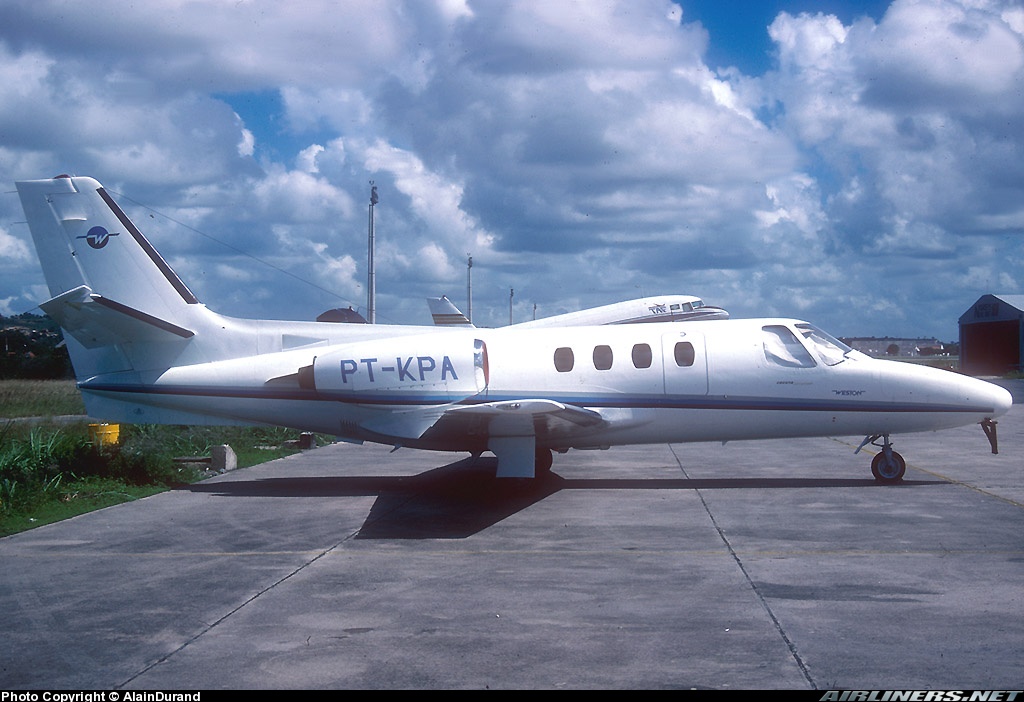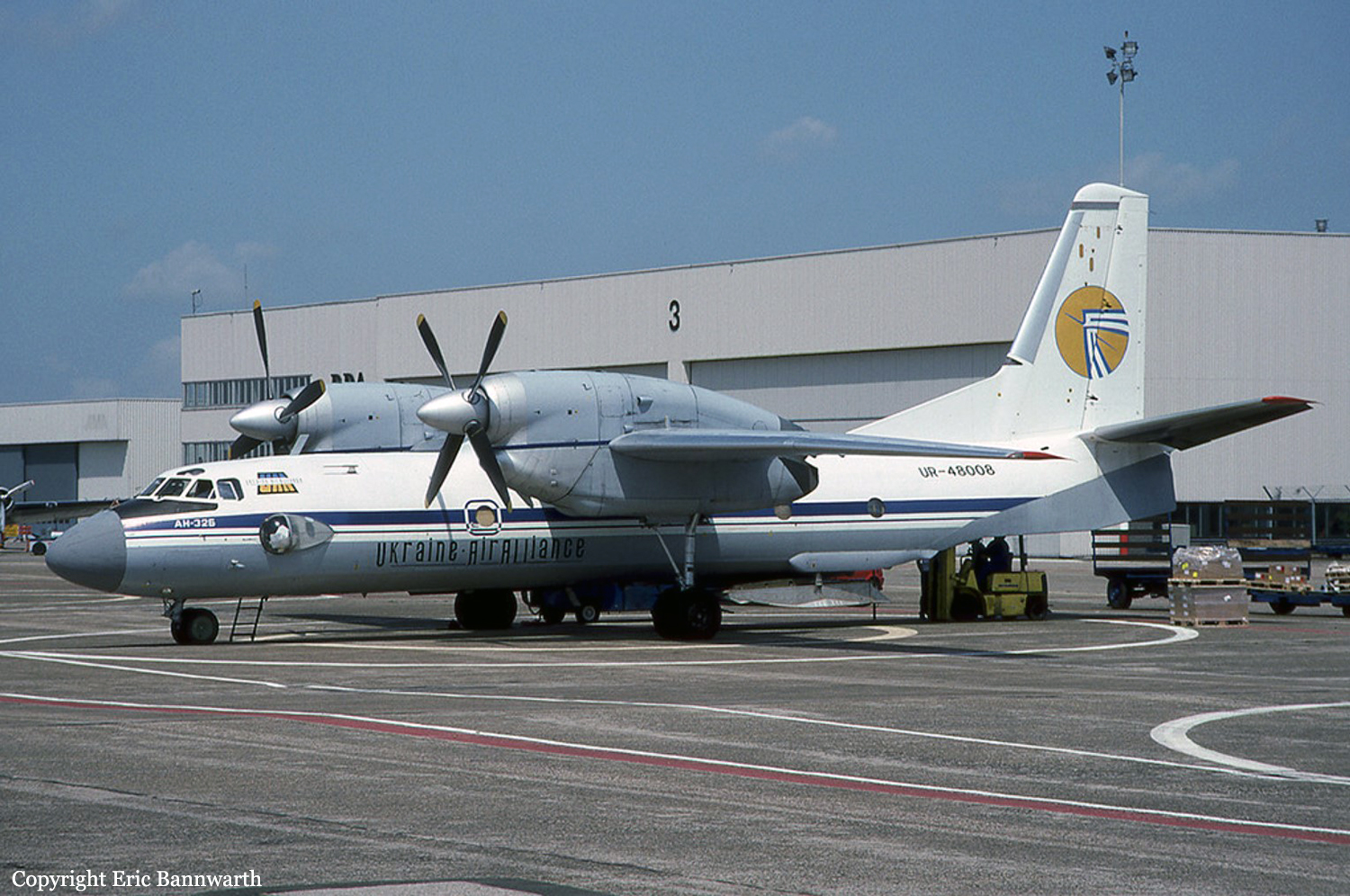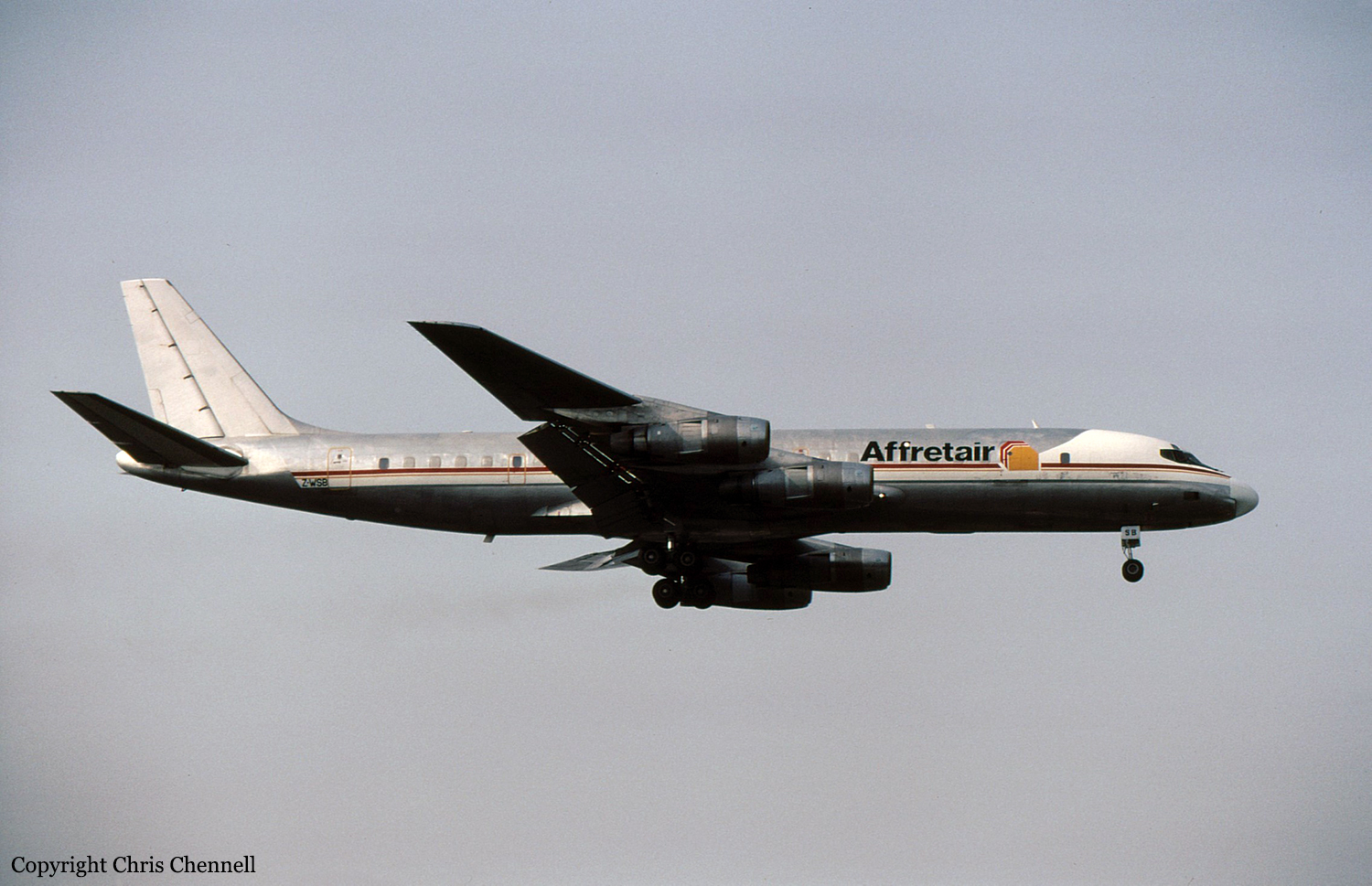Crash of a De Havilland DHC-6 Twin Otter 300 in Cobán: 2 killed
Date & Time:
Feb 16, 1996 at 0656 LT
Registration:
TG-JAK
Survivors:
No
Schedule:
Guatemala City – Cobán
MSN:
714
YOM:
1980
Crew on board:
2
Crew fatalities:
Pax on board:
0
Pax fatalities:
Other fatalities:
Total fatalities:
2
Aircraft flight hours:
5644
Circumstances:
The approach to Cobán Airport was initiated in poor weather conditions with limited visibility due to fog. Too low, the aircraft struck trees and crashed in a wooded area located 7,2 km short of runway. Both pilots were killed. They were completing a positioning flight from Guatemala City.
Probable cause:
Controlled flight into terrain after the crew continued the descent below the MDA in IMC conditions.










